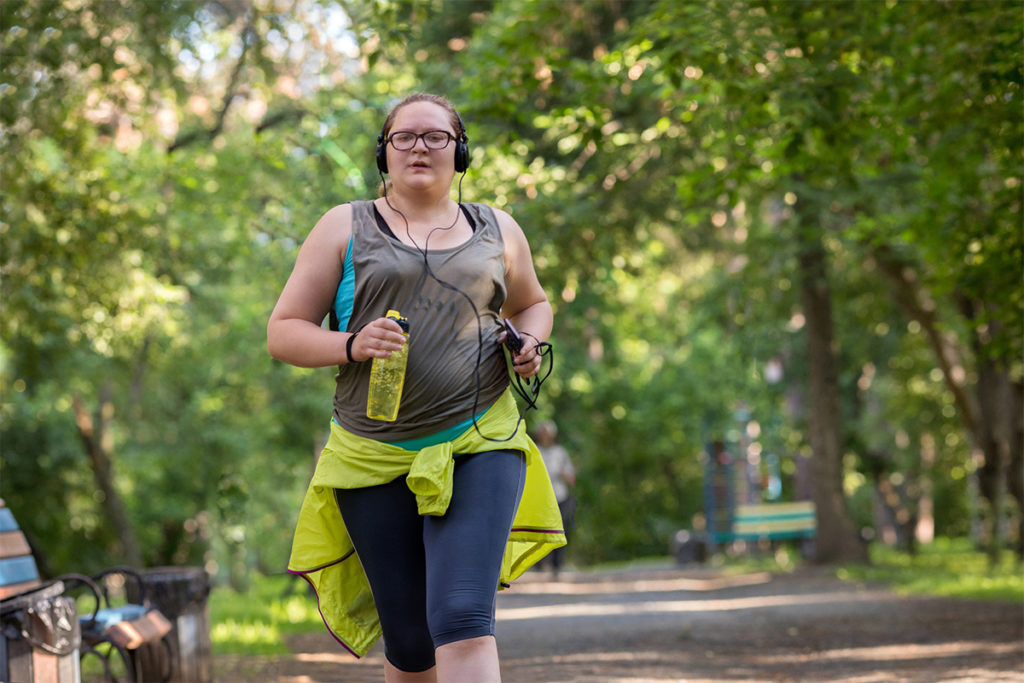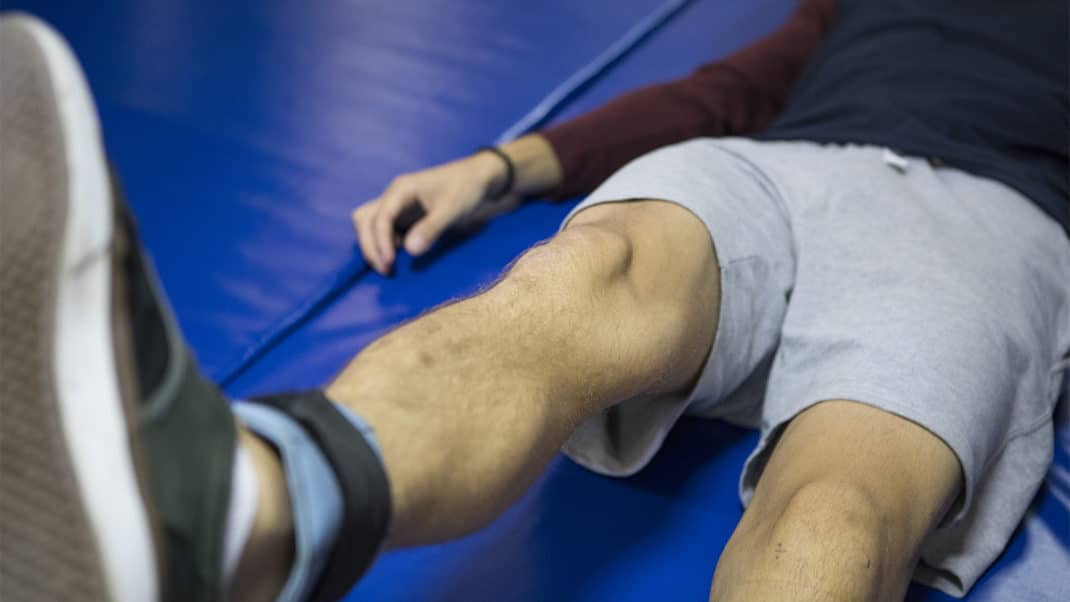How Zone 2 Cardio Can Support Fat Loss and Maintenance While Using GLP-1 Medications

If you’re taking GLP-1 medications like semaglutide (Ozempic, Wegovy) or tirzepatide (Mounjaro, Zepbound) for weight loss or diabetes management, you already know how powerful these drugs can be in helping reduce appetite and shed excess pounds. But here’s something you might not know: pairing your medication with Zone 2 cardio can take your fat loss and weight maintenance to a whole new level, while also protecting your muscle mass and improving your long-term health.
Let’s break it down.
What is Zone 2 Cardio?
Zone 2 cardio is a low-to-moderate intensity workout performed at 60–70% of your maximum heart rate (commonly calculated as 220 minus your age). It’s the pace where you’re breathing a bit heavier, but can still hold a conversation. Think brisk walking, light jogging, cycling at a steady pace, or incline walking on a treadmill.
This type of training encourages your body to use fat as its primary fuel source and builds a strong aerobic base (San-Millan & Brooks, 2018). Over time, it increases mitochondrial function and insulin sensitivity, both of which support efficient metabolism, something especially helpful when your appetite is reduced by GLP-1s.
Why GLP-1 Users Should Focus on Zone 2
GLP-1 medications work by slowing gastric emptying, reducing hunger, and increasing insulin secretion. But they don’t build muscle, improve endurance, or maintain your metabolic rate. That’s where exercise, especially cardio, comes in.
Here’s why Zone 2 cardio is a great match:
- Preserves lean muscle mass. When you’re eating less, your body may burn both fat and muscle. Zone 2 paired with some strength training helps maintain muscle tissue, which is crucial for keeping your metabolism humming (Heymsfield et al., 2021).
- Supports fat oxidation. Zone 2 is your body’s sweet spot for burning fat for fuel, making it an ideal choice during weight loss phases (Achten & Jeukendrup, 2004).
- Improves metabolic health. Regular Zone 2 workouts improve how your body uses glucose and fat, countering the risk of reduced muscle tone sometimes associated with rapid weight loss (San-Millan & Brooks, 2018).
- Gentle on the joints. If you’re heavier or new to working out, Zone 2 activities are more sustainable and less injury-prone than high-intensity exercise.
How Often and How Long?
For most people, 30–45 minutes of Zone 2 cardio, 3 to 5 days per week is a great starting point. You can build up to longer sessions or combine shorter bouts throughout the day.
Use a smartwatch, heart rate monitor, or fitness tracker to help stay in the Zone 2 range. Or simply do the “talk test”. You should be able to carry on a light conversation without gasping for air.
Bonus: It Feels Good
Unlike intense HIIT workouts that leave you drained, Zone 2 actually feels good. It gives you time to think, destress, and feel empowered about your progress, all while supporting your goals.
GLP-1 medications are a powerful tool, but they work best as part of a holistic plan. Adding Zone 2 cardio into your weekly routine helps you burn fat efficiently, keep the weight off, and support your overall health for the long haul. Whether you’re walking your dog or riding a bike while listening to a podcast, every step counts.
References
- San-Millan, I., & Brooks, G. A. (2018). Assessment of metabolic flexibility by means of measuring blood lactate levels during submaximal exercise. Journal of Applied Physiology, 124(1), 78–88. https://doi.org/10.1152/japplphysiol.00760.2017
- Achten, J., & Jeukendrup, A. E. (2004). Optimizing fat oxidation through exercise and diet. Nutrition, 20(7–8), 716–727. https://doi.org/10.1016/j.nut.2004.04.005
- Heymsfield, S. B., Wadden, T. A., & Mechanick, J. I. (2021). Changes in body composition with weight loss: Strategies and concerns. Obesity (Silver Spring), 29(S1), S23–S32. https://doi.org/10.1002/oby.23145




